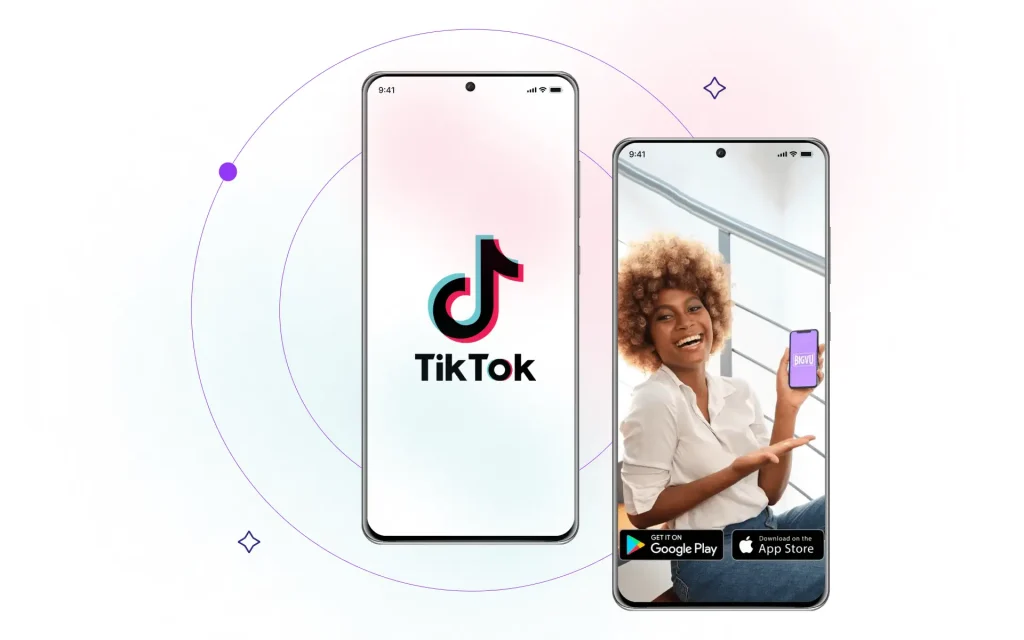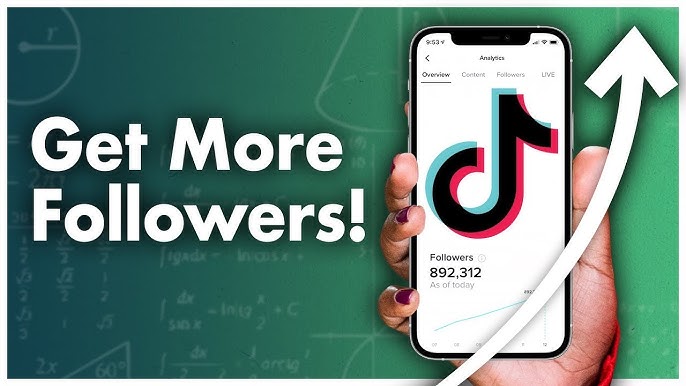Platform and Tools Diversification: Expanding Your Reach as an Influencer

In the always-shifting field of digital media, influencers hold an unmatched degree of power that enables them to set trends, sway consumer choices, and engage with audiences worldwide. Conversely, as digital tools and social media platforms have grown, the road to influencer success has been more difficult. If you want to increase your influence and maximize your impact as an influencer, you must use a variety of tools and spread your presence over several platforms in today’s highly competitive market. We will discuss the necessity for influencers to diversify their platforms and tools in this extensive guide, as well as provide workable tactics for navigating this ever-changing environment.
The Evolution of Influence
Even though the concept of influence has existed for as long as human society, the advancement of digital technology has fundamentally altered how we understand and apply it now. People from diverse backgrounds can now more easily approach the process of developing a following thanks to social media platforms like Instagram, Facebook, YouTube, TikTok, and Twitter. These social media platforms allow users to share their ideas, talents, and pastimes with the entire globe. Influencers used to have fewer communication options from traditional media, but with today’s abundance of social media platforms, they may produce content that appeals to their fan base. Various platforms cater to every industry and interest; you can be a comedian writing funny tweets on Twitter, an Instagram fitness enthusiast posting workout plans, or a beauty expert posting makeup tutorials on YouTube.
The Power of Diversification
Large presences on a single platform may be beneficial, but concentrating primarily on that platform exposes influencers to the risk of algorithmic, trend, and audience behavior shifts. Through a variety of platforms, influencers can lower their risk exposure and reach a larger audience.
Influencers can profit from increasing their online presence to guarantee long-term growth and ongoing sustainability, just as financial advisors counsel their clients to diversify their investment portfolios to reduce risk and maximize rewards. Because every platform or network has a unique combination of features, demographics, and opportunities for interaction, influencers can customize their outreach strategies and material for different segmentation of audiences.
Identifying Your Audience
Before launching into a strategy that requires expanding their platforms and resources, influencers who want to thrive must have a solid understanding of their target audience. Influencer must 1st ask themself who is their audience? how to keep up with them? What are their interests, and behaviors? Where do they spend their time when they’re on the internet?
Using social media insight, analytics tools, and online polls to do audience research can be quite beneficial in gaining valuable information about the demographics and interests of your audience. With this information, you can make different decisions about the platforms you use and the content you produce in order to improve audience engagement.
Choosing the Right Platforms
Choosing the right platforms and digital tools for your content might be difficult because there are so many of them available in the market. Even though for many influencers, popular sites like Facebook, Instagram, YouTube, and TikTok might seem like the best options, specialized sites and emerging technologies might offer completely different kinds of engagement.
Remember to consider your target demographic, niche, and content type while selecting platforms. Do you describe yourself as an Instagram-loving visual storyteller? Do you produce engaging YouTube videos with great skill? Would you like to be able to reach the ever-growing young audience in the TikTok?
Try out several platforms and monitor your results to determine which ones your audience will probably connect with the most. Staying ahead of the curve and reaching new audiences need not be averse to exploring new platforms and technology.

Crafting Consistent Branding
Consistency is crucial for creating a strong personal brand on multiple platforms. Retaining a consistent brand identity helps spread awareness of your message and identify you in many different social media platforms. This covers the tone and style of your content, your bio, and your profile photo. To make sure that your brand is consistent across all of your media, create a style guide that describes your brand’s voice, colors, and type. If you regularly engage with your audience on other platforms and cross-promote your material, you may also help develop a devoted following and strengthen your brand identity.
Leveraging Cross-Promotion
Cross-promotion is a powerful strategy that can help you expand your audience and generate traffic across multiple platforms. You can interact with your current followers on many different platforms and draw in new ones by promoting your profiles and contents on other sites. This will also motivate your current followers to engage more with you. For example, to see the whole video, send followers to your YouTube page after giving them a sneak peek at upcoming content on Instagram Stories. In comparison, you could give your followers an insight into your creative process by posting behind-the-scenes details from your YouTube videos on Instagram. Cross-promoting your material intelligently across several internet sites allows you to optimize your exposure and engagement across a range of channels.
Embracing New Tools and Trends
Influencers should not only increase their online presence on a single platform, but they should also be ahead of the curve in using new technologies and trends that can improve the quality of their material and their interactions with their audience. Influencers can stand out in a competitive market by having the opportunity to use new features on social media sites and develop technologies such as virtual and augmented reality. This is so they may seize these opportunities by being ahead of the curve.
For instance, the two most widely used sites to view short-form video material are Instagram Reels and TikTok. Conversely, podcasting continues to gain popularity as a way to listen to extended stories. Influencers can continue to be relevant and attract their audience in fresh and creative ways if they try out new platforms and technology.
Collaborating with Brands and Influencers
One additional effective strategy to grow your following and reach is to collaborate with other influencers and businesses. You will be able to be heard by more people in this way. By forming alliances with businesses, you may connect with their existing customer base and meet new people who have similar interests and beliefs. In a similar vein, collaborating with other influencers enables you to take advantage of their fan base and establish new connections with those who might be considering what you have to offer. Collaborating with other influencers and businesses can lead to greater success as an influencer. You can accomplish this, for example, by planning cooperative events, taking part in joint campaigns, or co-creating content.
Measuring Success and Iterating
Influencers need to evaluate the effectiveness of their efforts and make adjustments in response to the outcomes, just as with any other marketing strategy. Tracking crucial data like reach, engagement, and conversion rates across several platforms requires the usage of analytics tools. Once you have determined which channels and what kinds of material your audience would find most interesting, you should concentrate your efforts on those specific techniques. In the same way, you should be ready to modify and enhance your plan in response to shifting market dynamics, audience feedback, and the emergence of new opportunities.

Conclusion
In conclusion, in this era of digital technology, influencers who want to expand their influence and reach need to use a variety of platforms and tools. The first step in setting yourself up for long-term success as an influencer is understanding your audience. Select the appropriate platforms next. Next, ensure consistency in your branding. Use cross-promotion after that. Following that, embrace new tools and trends. Then work together with companies and influential people. Lastly, monitor your development and keep improving and learning.







